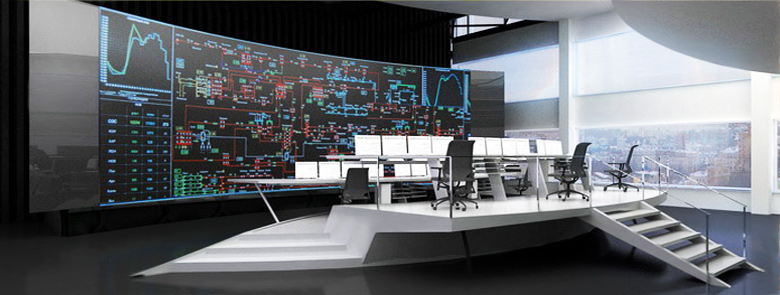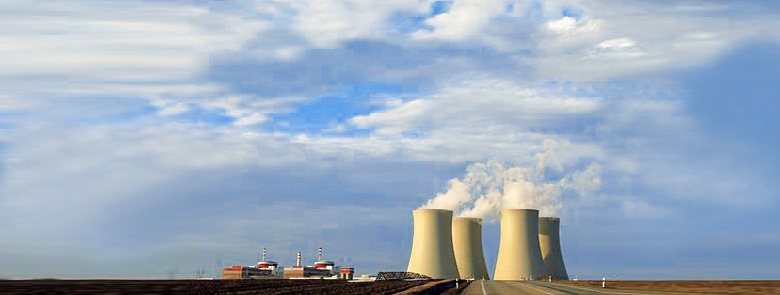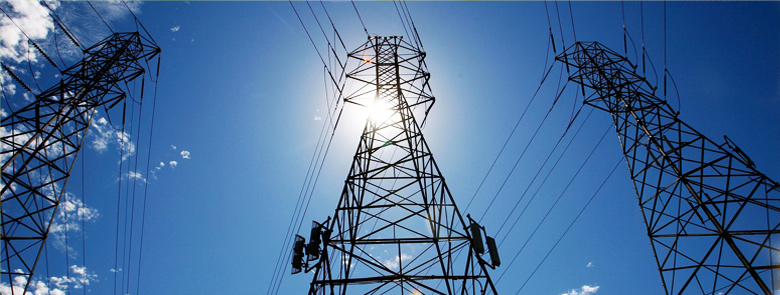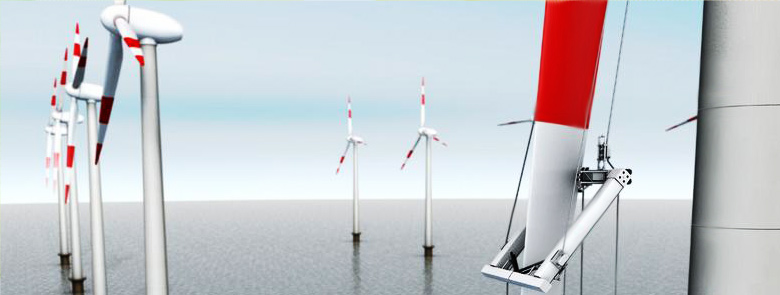Video surveillance systems
Our company has accumulated considerable experience in the design, installation, commissioning and maintenance of modern video surveillance systems (VSS) for enterprises of different scale. Ongoing surveillance system can provide the functions of security, custodial and process control.
Design of VSS made so that the assembled system meets all norms of operation and maintenance, regardless who will accompany the system.
During the design phase VSS all necessary details and technical requirements will clarify together with the Customer, because equipment, system architecture, performance are highly dependent on the fact that what must be obtained from the system.
Khartep’s specialists design of video surveillance systems by following stages:
- Analyze the object;
- Receive goals and system requirements from customers;
- Assess the complexity of the work;
- Choose the optimal configuration of equipment;
- Make recommendations to minimize costs;
- Perform conceptual and basic project;
- Constitute a complete estimate of the work.
There is a diagram of stages to create surveillance systems below.
Goals and objectives of VSS
Surveillance is increasingly important task of human activity, especially in systems of protection and security. The possibility of visual control of geographically distributed facilities can objectively assess the situation and promptly take appropriate action. Doing video archive, the presence of tools for fast searching by multiple criteria and view the fragments from video surveillance systems make invaluable source of data for operational and investigative activities in emergency situations.
Modern surveillance systems are a collection of hardware and software used for:
- Receiving video (camera);
- Displaying video (monitor);
- Registration (video recorders images);
- Control and monitoring system.
The composition of a particular surveillance system depends on concrete problems identified during the design phase of the “live” object.
The purpose of this surveillance system is control for the access and inside building mode as following:
- Violation of the established time spent at the facility;
- Stay at the facility or the economic territory of the court without the permission of the authority of enterprises and organizations;
- Trying to enter or bear of commodities through checkpoint without permits;
- Attempts to bypass the checkpoint at the entrance (exit) to the object.
Modern video surveillance system has two most important tasks:
- Visual control of the situation in the secure facility by the security service;
- Registration and documenting them with digital video recorders.
Visual inspection provides information the security service company in the most familiar and understandable view for the perception in real-time mode. This provides the possibility of taking the maximum operational decisions that are appropriate to each situation.
Registration allows you to document events and to document the violation and also provides the opportunity for effective analysis of each situation.
Depending on the individual features of the object Khartep company provides design, commission and start up of video surveillance systems based on both analog cameras and IP-based technologies (digital video surveillance).
Principles of VSS
.jpg) VSS system based on IP cameras is a distributed computing environment combined by computer network. In the construction of such networks different technologies can use which currently can be more than a dozen. The basic and most used: Ethernet network based on twisted pair, wireless Wi Fi, xDSL, GSM and CDMA-bridges, backbone networks based on fiber optic cables.
VSS system based on IP cameras is a distributed computing environment combined by computer network. In the construction of such networks different technologies can use which currently can be more than a dozen. The basic and most used: Ethernet network based on twisted pair, wireless Wi Fi, xDSL, GSM and CDMA-bridges, backbone networks based on fiber optic cables.
As for the video archive, it can be both centralized and distributed. To view video from cameras in real time and work with archives the computer with a large enough disk space is used in most cases which equipped with a network adapter. Video capture cards are not required; the computational load on the computer is greatly reduced, since it takes an already compressed by the camera video stream (MPEG-4 or Motion JPEG). In addition the network camera can implement by their own means of detecting the motion of objects. Thus, IP-Surveillance system consists of the following elements:
- Network cameras (the main element of the system, contains all the features);
- Area Network;
- Server Workstation (video server);
- Specialized software.
Advantages of IP-Surveillance under analog systems
It’s necessary to consider many factors affecting the needs of users: working features of a camera, open systems, enabling technologies and prospects for their development, flexibility, possibility for integrating networks and more. There are ten most important functional differences between the network and analog cameras.
Creating VSS based IP technology provides the following benefits:
- Better image quality;
- Reduce the cost of installation and maintenance of the system through the use of technology Power over Ethernet;
- Megapixel resolution;
- Built-in intelligence at the cameras (motion detection);
- Integrated control of PTZ and I/O ports;
- Two-way audio transmission by the cameras;
- Security of transmitted information;
- Flexible, cost-effective infrastructure;
- Fully digital solutions.
Technology: Use of PTZ-cameras
 Side of the problem in the organization of video surveillance system objects with complex structures (such as electrical substations) is the saturation of the object a large number of technological equipment (switchgear and switchgear, transformers, overhead power portals, etc.) that in the case of fixed cameras leads to an increase the number of cameras.
Side of the problem in the organization of video surveillance system objects with complex structures (such as electrical substations) is the saturation of the object a large number of technological equipment (switchgear and switchgear, transformers, overhead power portals, etc.) that in the case of fixed cameras leads to an increase the number of cameras.
For this reason, in the VSS remote-controlled cameras are introduced with functions of pan, tilt and zoom (PTZ-camera), which gives the number of the following benefits:
- One PTZ-camera can control many areas of the object, which reduces the total number of cameras.
- PTZ-camera can have a set of preset (desired position) to automatically change the operating angle and shooting modes.
- Most PTZ-cameras allow create algorithms for automatic tracking of a given position on a particular route for a permanent survey of these areas. The number of preset positions will vary depending on manufacturer and model of camera but the average of 8 to 32.
- Ability of the camera to accurately return to the given position varies depending on the mechanics, electronics and software.
- Detectors of PTZ-cameras can be configured so that they act only in the case of specific changes in the observed area such as noise, traffic.
Integration
.jpg) VSS integration with security systems of the object (system security, access control, etc.) creates a prospect of building a comprehensive security system that provides the following benefits:
VSS integration with security systems of the object (system security, access control, etc.) creates a prospect of building a comprehensive security system that provides the following benefits:
- Have security personnel with opportunity to respond to each alarm event.
- Implement automatic facility monitoring in modes specified by security services.
- Provide maximum reliability of the received information.
- Have security personnel with the opportunity to see what is really happening in the area where the alarm went.
- Video surveillance cameras in automatic mode are induced in the zone of operation of security detector.
- Increase reliability of the entire system.






.jpg)
